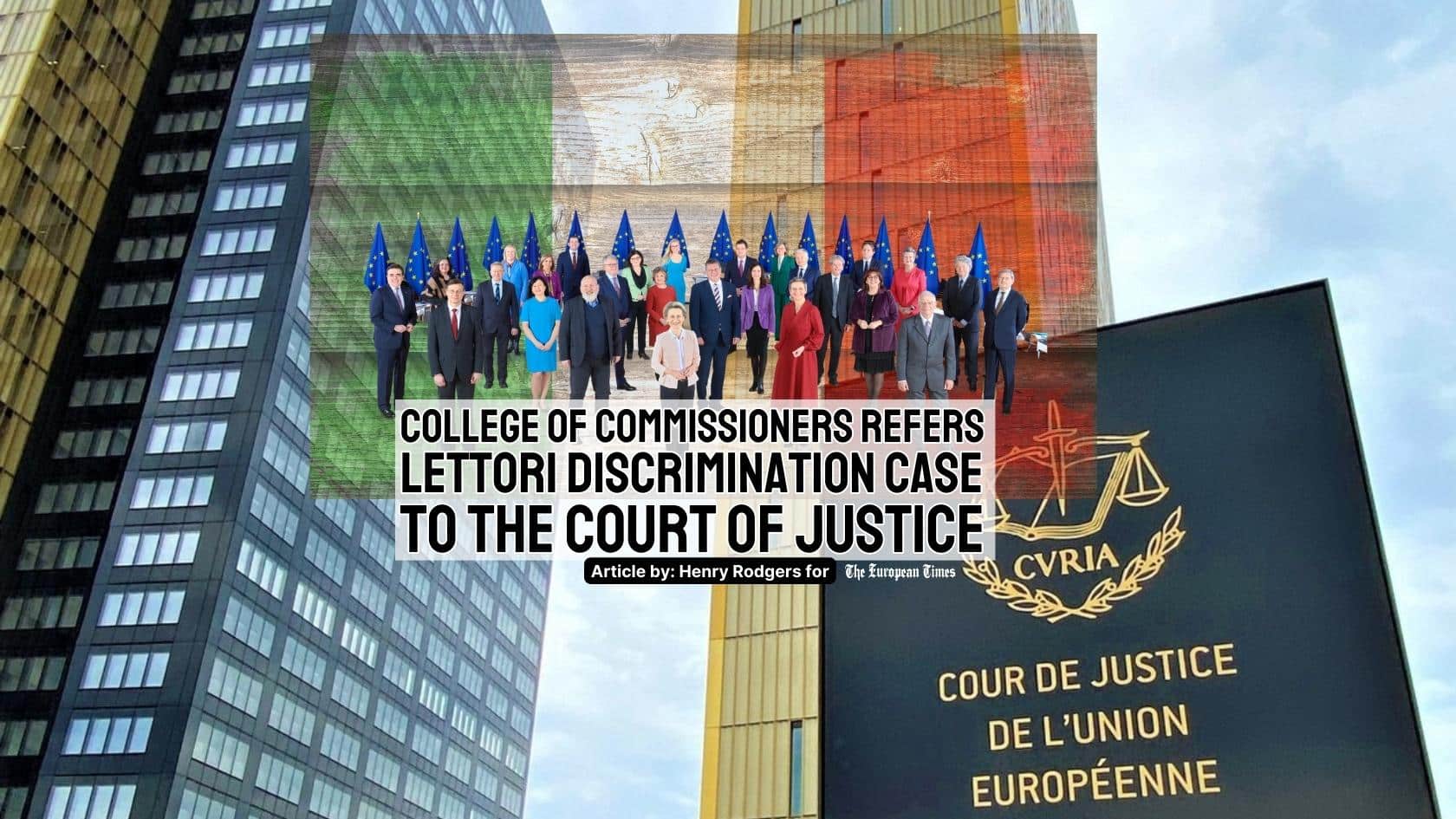Researchers are certain that Tell el-Hamam in Jordan, where signs of extreme heat and a layer of destruction are consistent with the biblical story of the destruction of Sodom, is the site of this ancient city. In a recent interview published in late June, an archaeologist makes a compelling case regarding the identification of the ancient biblical site of Sodom. Stephen Collins, dean of the archeology department at Trinity Southwest University, says he and his team have reason to believe that Tell el-Hammam in Jordan has multiple features that point to Sodom, reports The Daily Caller. In particular, the site boasts scattered Bronze Age artefacts that show signs of intense heating. This matches the description in the biblical stories of the fiery destruction of the city.
Collins elaborates on the intriguing finds, stating, “After we get a few centimeters into the Bronze Age layer, we come across a piece of pottery—part of a storage jar that appears to be glazed.” One of Collins’ colleagues draws a parallel , comparing the visible scars to those at the Trinity nuclear test site in New Mexico, where the world’s first atomic bomb was detonated. Previous reports of the site suggest that it suffered catastrophic destruction about 4,000 years ago, possibly as a result of a meteorite impact. Although the veracity of this event has yet to be established, evidence has been found, as detailed in the study. The researcher noted the presence of a charcoal-rich layer, indicative of intense burning, as well as a collection of melted artifacts. Based on these finds, it is assumed that the site was subjected to a rapid and devastating destruction.
In addition to this, Collins claims that there are at least 25 geographical references in Scripture that can be linked to lead to the location of Sodom. As an example, he points to Genesis 13:11, which tells of Lot heading east. It should be noted that Tell el-Hamam is located east of Bethel and Ai, which is consistent with this biblical account.
The suggestion made by Collins and his team offers the attractive possibility that Tell el-Hammam was indeed the site of the ancient city of Sodom. Given the Bronze Age remains showing signs of intense heat reminiscent of Sodom’s fiery fate, and geographic correlations consistent with biblical descriptions, further research and scientific analysis will no doubt shed further light on this noteworthy hypothesis.
Scientists from the University of California (Santa Barbara) said that they managed to solve one of the most ancient mysteries of human history – the secret of the destruction of the cities of Sodom and Gomorrah, mentioned in the Bible, Express.co.uk wrote in March last year.
The scriptures say that they were wiped off the face of the earth by the wrath of God, because their inhabitants had sunk into unprecedented depravity and lost all fear. But the reality was much more prosaic, says lead study author Prof James Kennett. According to him, Sodom and Gomorrah were destroyed by a meteor shower, which burned all the buildings and caused the death of all 8,000 inhabitants. Perhaps the same event caused the walls of Jericho to fall. This hypothesis seems very plausible, considering that Jericho was located about 25 kilometers from the epicenter of the “fire element”. Scholars explain that visually what happened to Sodom and Gomorrah may indeed have resembled the wrath of God, as a giant ball of fire most likely fell from the sky on the cities. An explosion followed, which devastated the northern part of the Jordan Valley and leveled buildings on an area of about 100 acres. The palace described in ancient sources was also destroyed, the town houses and dozens of small villages were reduced to ashes.
Californian researchers are convinced that there were no survivors of this disaster. The powerful explosion occurred about 2.5 km above the ground and created a shock wave that spread at a speed of about 800 km/h. Human remains discovered by archaeologists at the crash site suggest that they were blown up or burned. Many bones are covered with cracks, some are split. “We saw evidence of temperatures in excess of 2,000 degrees Celsius,” says Prof Kennett. Similar conclusions were made by an international team of experts who studied fragments of ceramics and building materials. “Everything has melted and turned to glass,” summarizes Kenneth.
Man-made technology that could cause such damage certainly did not exist in those days. Professor Kennett compared this extraordinary event to the fall of the Tunguska meteorite in 1908, when a 12-megaton “space projectile” destroyed 80 million trees in an area of about 900 square kilometers in eastern Siberia. It may also have been the impact that wiped out the dinosaurs, but on a smaller scale. Molten metals, including iron and silica, have been found in the area where Sodom and Gomorrah are thought to have been located, in soil samples and limestone deposits. This should also be considered as evidence that something extraordinary happened there – an instantaneous impact of extremely high temperatures.
Sodom and Gomorrah together occupied an area 10 and 5 times larger than Jerusalem and Jericho respectively. Throughout this area, researchers are finding samples of cracked quartz, according to Prof. Kennett. “I think one of the main discoveries is the cracked quartz. These are grains of sand containing cracks that form only under very high pressure – explains the scientist. – Quartz is one of the hardest minerals. It is very difficult to crack,” explains the scientist.
Now researchers from all over the world are excavating the ancient city of Tal el-Haman. Many of them argue whether this settlement is exactly the place that the Bible calls Sodom. Researchers believe that the great catastrophe that occurred in this area gave rise to oral traditions that inspired the written account in the book of Genesis. Perhaps the same cataclysm gave rise to the biblical legend of the fall of the walls of Jericho.
Illustration: Orthodox icon St David and Solomon – Vatoped monastery, Mount Athos.





















